Well, actually, that is how the death of the emperor was announced in the 1987 Bernardo Bertolucci film The Last Emperor, which came out just as I was starting graduate school. I spent a lot of time in front of students who wanted to know more about China because of that film. Wikipedia claims the film is based on Puyi’s autobiography, but really it owes a lot to Reginald Johnston’s memoirs. I am not much of a Reginald Johnston KCMG, CBE, (played by Peter O’Toole in the film) but Jonathan Spence CMG was.
That may sound like a put down, and that is sort of how his passing is being reported. The New York Times calls him a “noted China scholar” while the Washington Post calls him a “popular China scholar”. Ouch. A lot of the obituaries focus on his ‘textbook’ The Search For Modern China1 This makes sense because it was a big book (870 pages! Great research obit writers.) and one that a lot of journalists would have read in school. It is not really a textbook though, although it does sum him up pretty well.
I never met Spence, but the first book of his that I read was Ts’ao Yin and the Kang-hsi Emperor, the most traditional monograph he ever did. I read it because my first historiographical essay in graduate school was on the Ming-Qing transition. That is a topic that has almost vanished from historiography, but at the time the detailed study of an actual dynastic transition was a big topic. Ts’ao Yin really made an impression on me because it actually worked well as a monograph, in that it explained a lot about the exercise of power in the period, yet it was also a very personal book about two people and their relationship. I still remember the bit from Spence’s Emperor of China where the Kang-hsi emperor is old and complaining (in a rescript, I think) that the officials who helped him build up the empire were now retired and writing poetry in their gardens while he was still getting up at dawn to read reports. That is exactly the sort of personal, almost novelistic thing that Spence would point out that made him less of part of the academic conversation. At the time it had a real impression on me as an example of how to get sources to tell you things that they did not want to tell you.
Saying that Spence was not part of the academic conversation requires a few caveats. He taught at Yale, which makes him an academic, trained graduate students, (in both Qing and 20th century, very old-fashioned) and was president of the AHA. His work was not, however in the form of monographs or really responding to a lot of what was going on in the field. Death of Woman Wang works well as a teaching book, and maybe Treason by the Book, but things like The Question of Hu or even The Chan’s Great Continent are not the type of things that the scholarly world produces or uses. I recall Spence pretty much owning the China part of the New York Review of Books for a long time, which sort of sums up where he stood, the ambassador between China Studies and the wider literate world.
Search for Modern China sort of exemplifies this. It is not a textbook. No sidebars. No study questions. Not broken up into neat sections. It is almost like a written version of an entertaining and enlightening class taught by a good teacher, which is how it originated as I understand it. I have taught with it, and it both worked well in that it was one of the only textbooks students would ever just read, and poorly, in that it was hard for them to dive into it and find things (which is part of what textbooks are for). I think it owes quite a bit to Gate of Heavenly Peace, which his book on Chinese intellectuals and revolution. There is a lot more to revolution than intellectuals of course, but the book is Spence’s take on it. Like almost everything he did it is about his personal encounter with a China that fascinated him. Like Reginald Johnston, really.
After a few links it all turns into German and Portuguese and Italian notices. Scholars apparently don’t get much attention in the American press. ↩

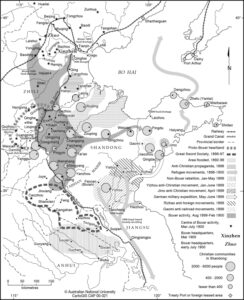

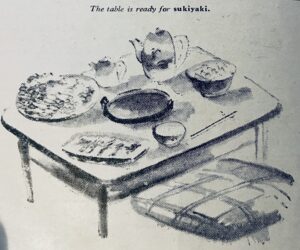
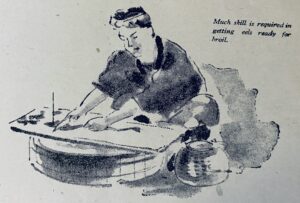
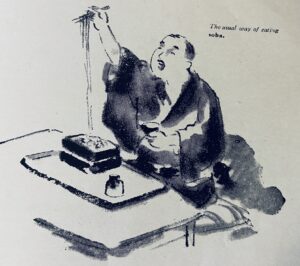

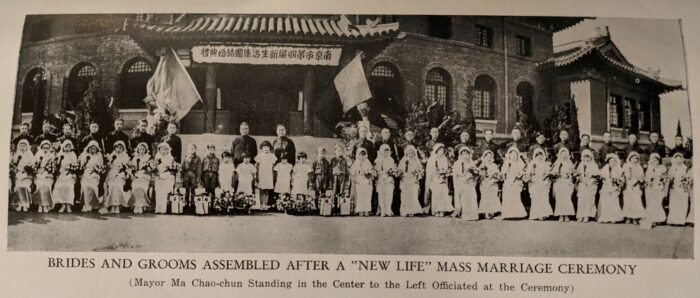
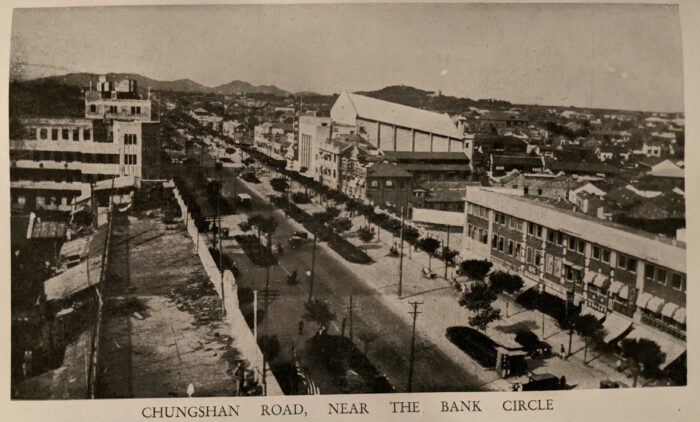

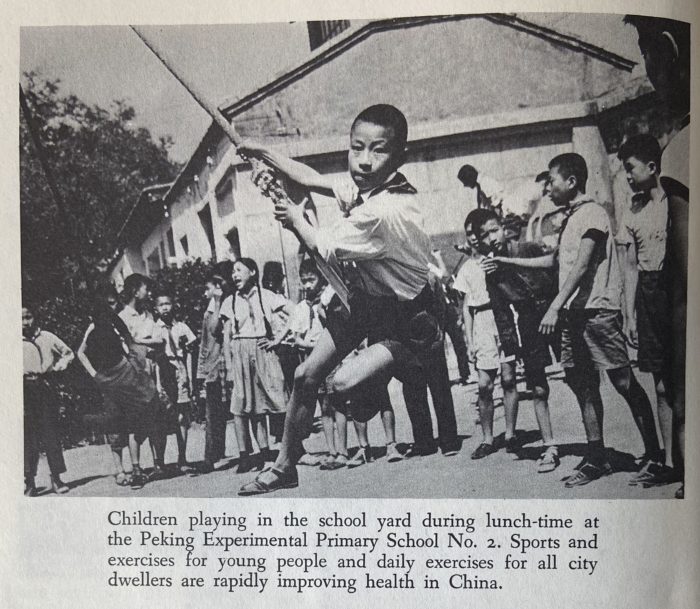
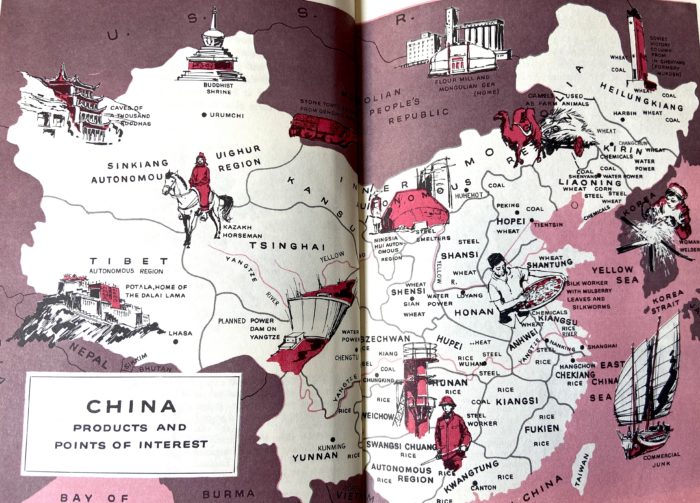

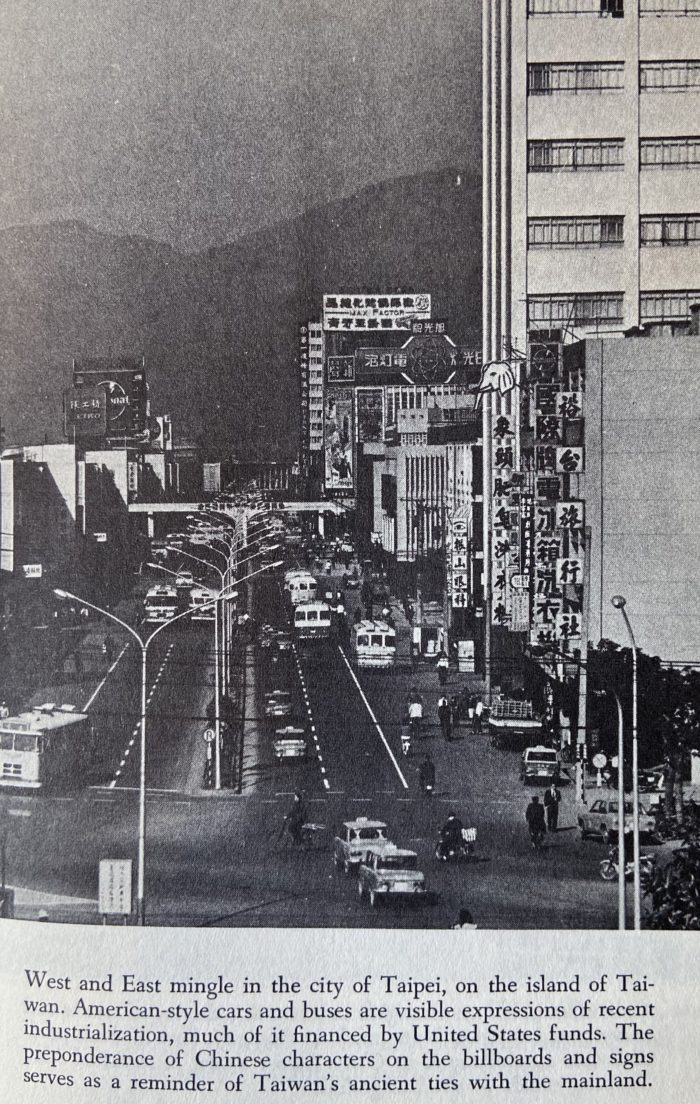
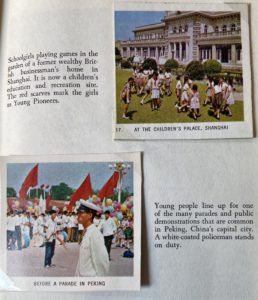 More generally, however, this book shares with its Taiwan volume counterpart an uneasiness about lingering too long on awkward observations about political realities that stray from its, “things are getting better all the time” general message. Its section on the operations of the government admits that Party control is “far-reaching; in fact, there seems no part of life that is beyond it.” After explaining how the National People’s Congress is elected, it notes, without further comment, that they gather to “approve laws recommended” to it by the party.
More generally, however, this book shares with its Taiwan volume counterpart an uneasiness about lingering too long on awkward observations about political realities that stray from its, “things are getting better all the time” general message. Its section on the operations of the government admits that Party control is “far-reaching; in fact, there seems no part of life that is beyond it.” After explaining how the National People’s Congress is elected, it notes, without further comment, that they gather to “approve laws recommended” to it by the party.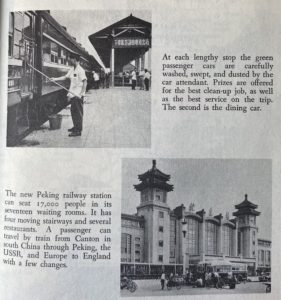 It is the absences that are most striking. Perhaps because children are one target audience or some other desire to avoid spoiling the mood, violence finds no explicit mention anywhere in the volume. Even the section on the war against Japan merely notes that people became impoverished and refugees fled west. It is acknowledged that the Cultural Revolution (still technically ongoing at publication of this volume) was “an important event” that involved the “purge” of some of the party leadership, but the closest we get to mention of violence is that there were two years of “virtual chaos.”
It is the absences that are most striking. Perhaps because children are one target audience or some other desire to avoid spoiling the mood, violence finds no explicit mention anywhere in the volume. Even the section on the war against Japan merely notes that people became impoverished and refugees fled west. It is acknowledged that the Cultural Revolution (still technically ongoing at publication of this volume) was “an important event” that involved the “purge” of some of the party leadership, but the closest we get to mention of violence is that there were two years of “virtual chaos.”